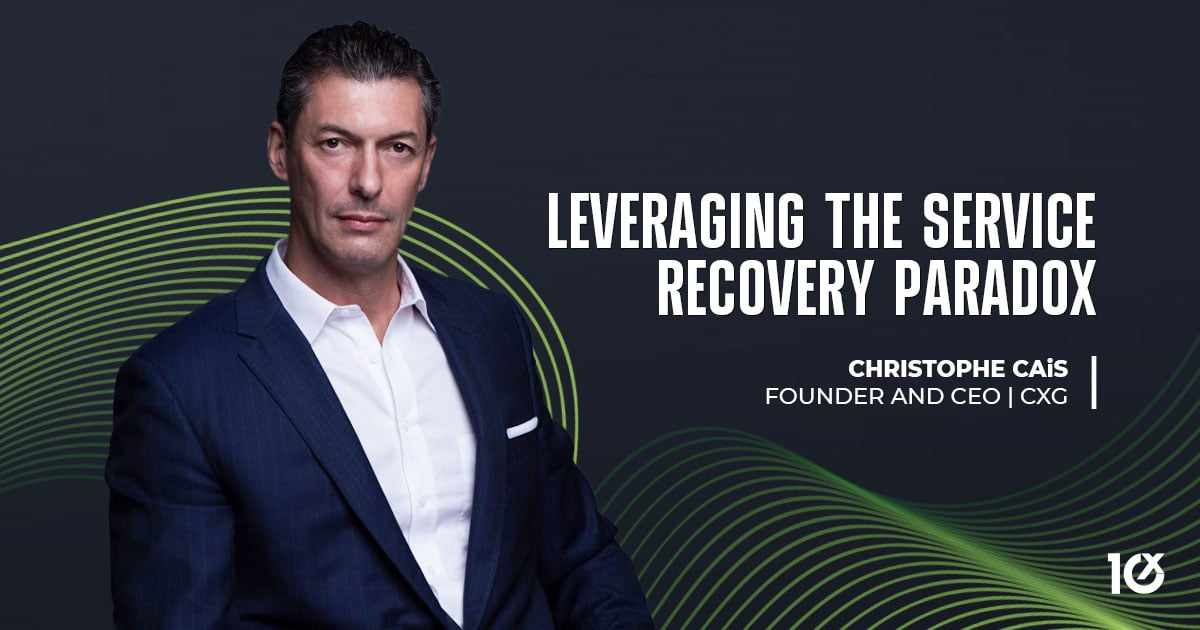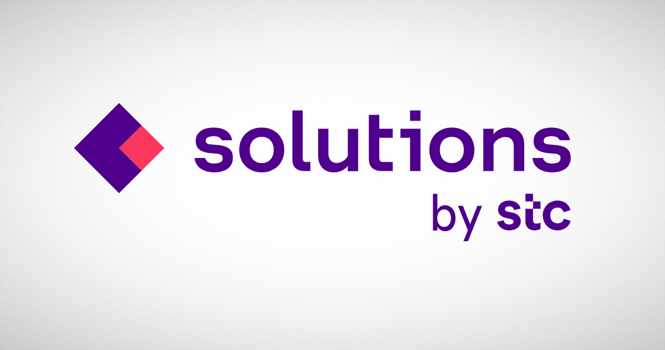From Cost Center To Value Creator: The Digitally Fit-For-Purpose Legal Function
- Date: 08-Sep-2021
- Source: Forbes
- Sector:Technology
- Country:Middle East
From Cost Center To Value Creator: The Digitally Fit-For-Purpose Legal Function
This is the second in a two-part series. The first segment examined how and why legal change derives from business digital transformation. Business has often regarded the legal function as a corporate bottleneck and cost center. That's because legal culture, education, indoctrination and language are different than other corporate business units. Lawyers have long operated by their own rules, timelines, and metrics— even when they are corporate employees. They rationalize their detachment from business as necessary to maintain professional independence, freedom from economic conflict, and preservation of their ethical standards. This chimera sustains their fit-for-lawyer-purpose paradigm. Lawyers have constructed and zealously maintained a cultural, intellectual, philosophical, regulatory, economic, and educational moat that separates them from other professions, business and society. Competition was thwarted, professional autonomy was absolute, supply was controlled (both numerically and geographically), clients were treated more as supplicants than customers, and terms of engagement were dictated by lawyers. Law was a guild perpetuated by the myths of legal exceptionalism and bespoke work. The profession's "lawyers and 'non-lawyers'" mindset personified law's hubris and insularity. Internal diversity and multidisciplinary collaboration were eschewed. The legal profession defined "legal work," and its practice became an end unto itself, not a means to






















